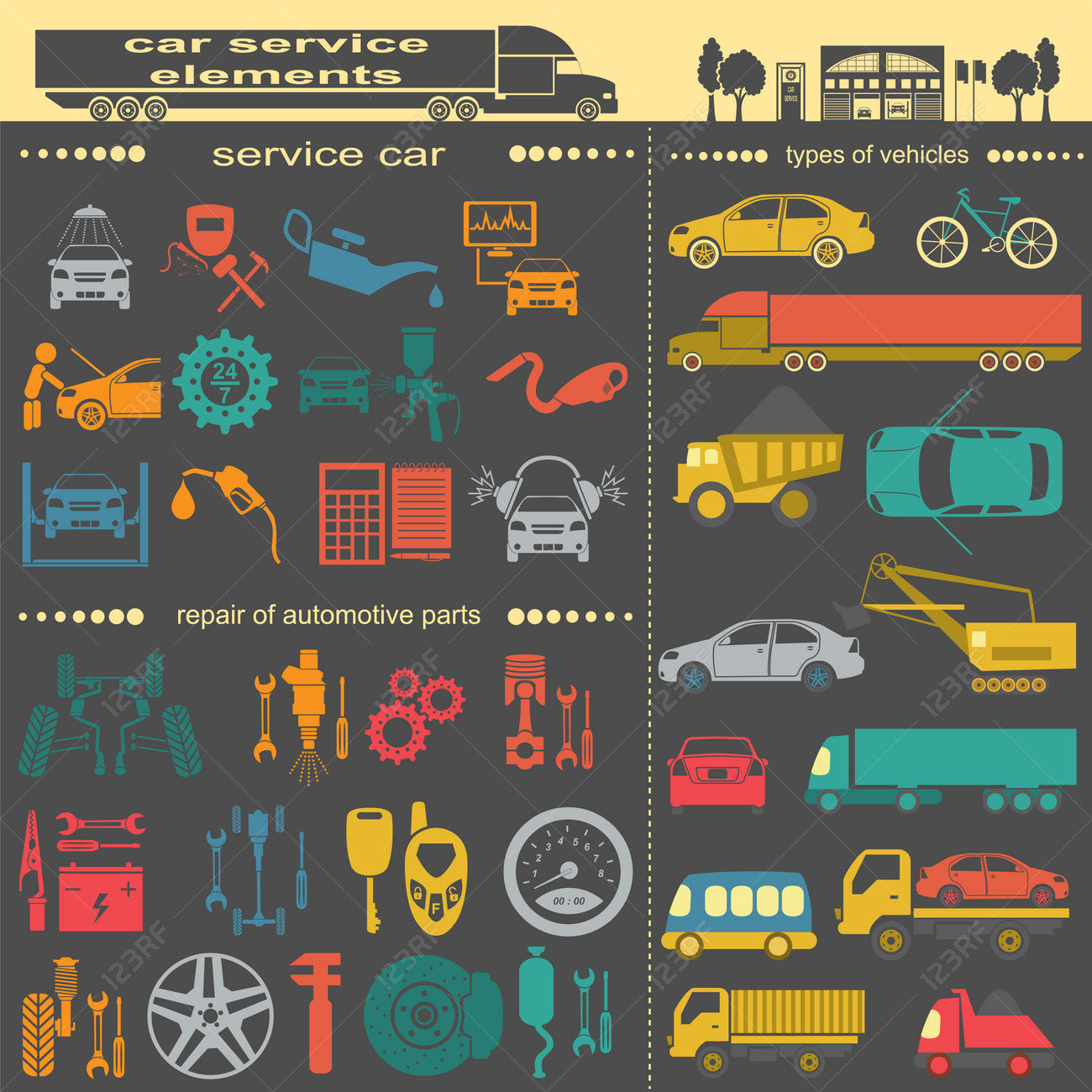Assessing Your Car'S Warning Indicators: What They Actually Share
Assessing Your Car'S Warning Indicators: What They Actually Share
Blog Article
Content Author-Boye Dalgaard
When you're behind the wheel, those glowing warning lights on your control panel can be a little bit bewildering. Do you know what they're attempting to tell you about your automobile's wellness? Understanding the relevance of these lights is crucial for your security and the longevity of your car. So, the next time one of those lights turns up, wouldn't you want to decode its message precisely and take the required steps to address it?
Common Caution Lights and Interpretations
Determine usual caution lights in your automobile and recognize their definitions to ensure safe driving.
One of the most typical warning lights consist of the check engine light, which indicates problems with the engine or exhausts system. If this light begins, it's important to have your car inspected quickly.
The oil stress advising light suggests reduced oil pressure, needing immediate focus to avoid engine damages.
A flashing battery light might suggest a damaged charging system, potentially leaving you stranded otherwise dealt with.
The tire stress surveillance system (TPMS) light alerts you to reduced tire pressure, impacting lorry stability and gas performance. Ignoring this can result in unsafe driving conditions.
The abdominal muscle light shows an issue with the anti-lock braking system, endangering your capability to quit promptly in emergency situations.
Finally, the coolant temperature level cautioning light warns of engine getting too hot, which can lead to serious damages if not settled quickly.
Comprehending these common caution lights will certainly assist you deal with concerns without delay and keep risk-free driving conditions.
Significance of Prompt Interest
Recognizing the usual caution lights in your car is only the primary step; the relevance of quickly dealing with these warnings can not be highlighted enough to guarantee your security when driving.
When a caution light brightens on your dashboard, it's your cars and truck's method of communicating a possible concern that requires attention. Ignoring these cautions can cause extra severe problems in the future, endangering your security and possibly costing you a lot more in repairs.
Motivate attention to cautioning lights can avoid breakdowns and mishaps. For example, a blinking check engine light can indicate a misfire that, if left unattended, could create damages to the catalytic converter. Addressing this quickly can conserve you from a costly fixing.
Likewise, a brake system advising light could signal low brake liquid or used brake pads, vital elements for your security when driving.
Do It Yourself Troubleshooting Tips
If you observe a warning light on your control panel, there are a few DIY repairing suggestions you can attempt prior to seeking professional help.
The primary step is to consult your cars and truck's guidebook to recognize what the specific caution light suggests. Often the issue can be as easy as a loosened gas cap activating the check engine light. Tightening please click the next document may deal with the problem.
An additional typical problem is a reduced battery, which can cause various alerting lights. Examining the battery connections for rust and ensuring they're safe and secure might deal with the trouble.
If a warning light lingers, you can attempt resetting it by disconnecting the cars and truck's battery for a few minutes and after that reconnecting it. In addition, inspecting your automobile's fluid degrees, such as oil, coolant, and brake liquid, can help fix cautioning lights connected to these systems.
https://www.repairerdrivennews.com/2022/03/25/connecticut-bill-limiting-insurers-role-in-repair-decisions-clears-first-hurdle/
In conclusion, understanding your vehicle's warning lights is crucial for maintaining your lorry running efficiently and securely. By quickly attending to these informs and recognizing what they indicate, you can avoid costly repairs and prospective failures.
Keep in mind to consult your cars and truck's manual for particular details on each cautioning light and act as necessary to make sure a trouble-free driving experience.
Remain informed, remain safe when driving!
